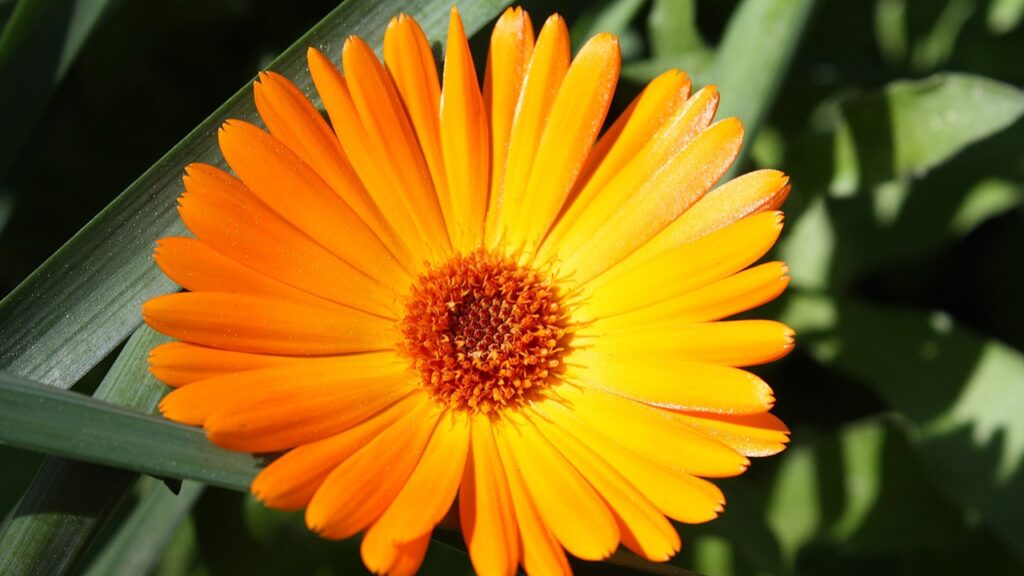
Calendula officinalis is edible and is known as “poor man’s saffron” due to its ability to impart a saffron-like color to dishes.
Its culinary use dates back to the days of ancient Rome when the use of Saffron (the powdered stigmas of the exotic saffron crocus) was a sign of wealth and power. Though Saffron isn’t as expensive as it was in ancient Rome, you can still use Calendula in cooking. The flowers have a slightly spicy taste and when used in making rice or custard the resulting dish will have a beautiful gold hue. Add them to salads for a festive touch. It was also used to dye fabric, foods and cosmetics in ancient Greek, Roman, Middle Eastern and Indian cultures, plus it was a powerful medicine. Extract of Calendula officinalis has anti-viral and anti-inflammatory properties that were legendary in earlier times, so much so that it was also known as “Russian Penicillin”. It was used to quell infection in the Civil War and in WWII France where doctors used it to help staunch bleeding. Calendula oil can help in the healing of most skin conditions from acne to sunburn, cuts and rashes. Calendua officinalis is often used in companion planting with cabbages, broccoli, kale and others of the Brassica family as it attracts the types of pests that would otherwise be attacking vegetables.
